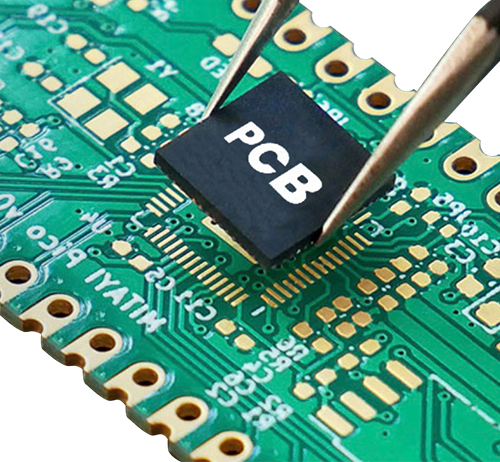Time:2022-12-02 Visit:
In the process of many varieties and small batch military production of circuit boards, many products also need lead tin plates. Especially for high-precision printed pcb multilayer boards with many varieties and few quantities, if the hot air leveling process is adopted, the manufacturing cost is obviously increased, the processing cycle is also long, and the construction is also very troublesome. For this reason, lead tin boards are usually used in PCB manufacturing, but there are many quality problems in PCB processing. The major quality problem is the delamination and blistering of lead tin coating on multilayer printed circuit board after infrared hot melting.
In the graphic electroplating process, tin plated lead alloy layer is widely used in printed pcb multilayer boards. it is not only used as the graphic metal anti-corrosion layer, but also mainly provides the protective layer and welding layer for lead tin boards. Because of the pattern electroplating etching process, both sides of the wire are still copper layers after the circuit pattern is etched, which is easy to contact with air to produce oxide layer or be corroded by acid and alkali media.

In addition, because the circuit pattern is easy to produce side etching during the etching process, the tin lead alloy plating part is suspended and a suspension layer is generated. It is easy to fall off, causing short circuit due to bridging between conductors. The exposed copper surface can be well protected by the infrared hot melting process. At the same time, the tin lead alloy coating on the surface and in the hole can be recrystallized after infrared melting to make the metal surface shiny. It not only improves the solderability of the connection points, but also ensures the reliability of the connection between the components and the inner and outer layers of the circuit. However, when it is used for infrared melting of multilayer printed circuit boards, the high temperature causes serious delamination and blistering between layers of PCB multilayer printed circuit boards, resulting in extremely low yield of multilayer printed circuit boards. What causes the delamination blistering quality problem of multilayer printed circuit board?